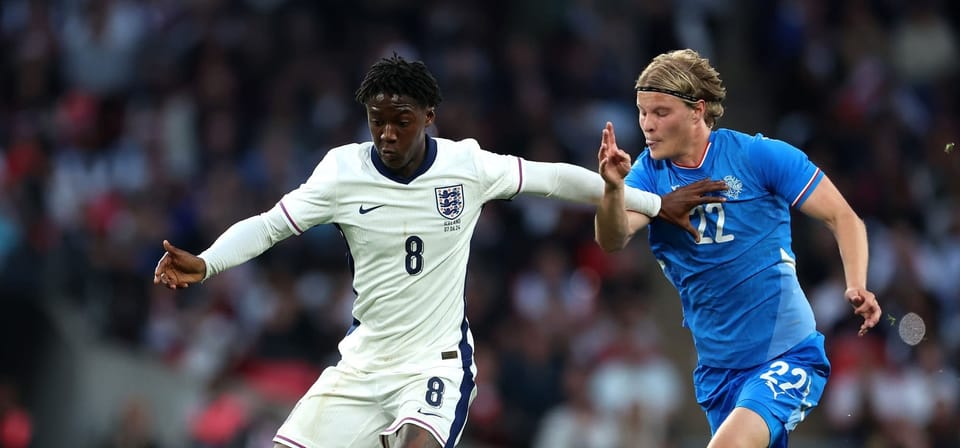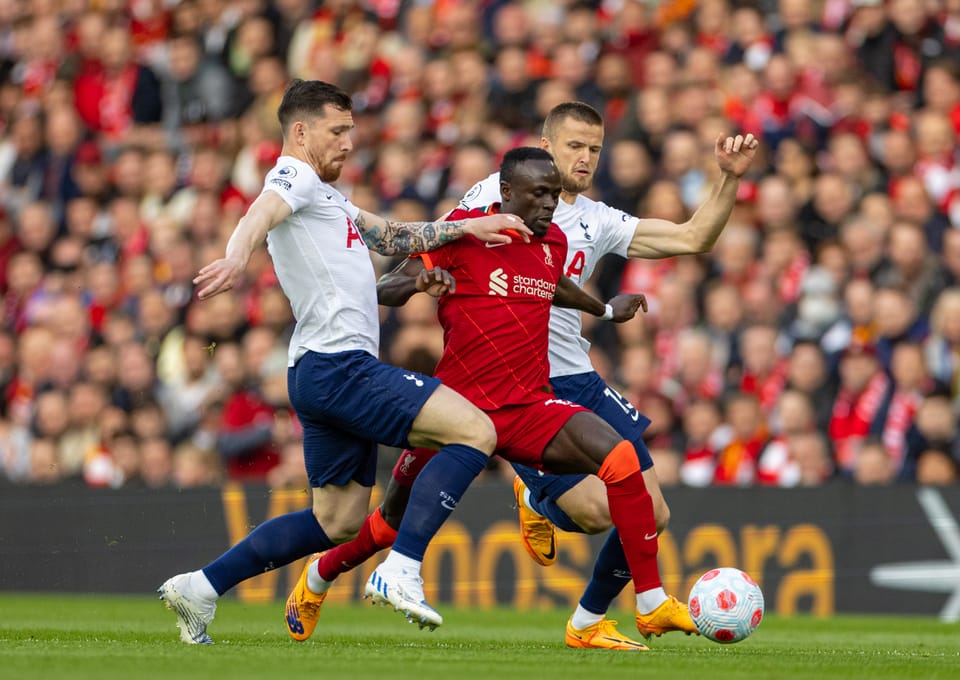Precision Play: Why Mechanics Matter
This essay argues that mechanics is the single most important predictor of skill transfer between footballing environments – and suggests a roadmap to understanding it.
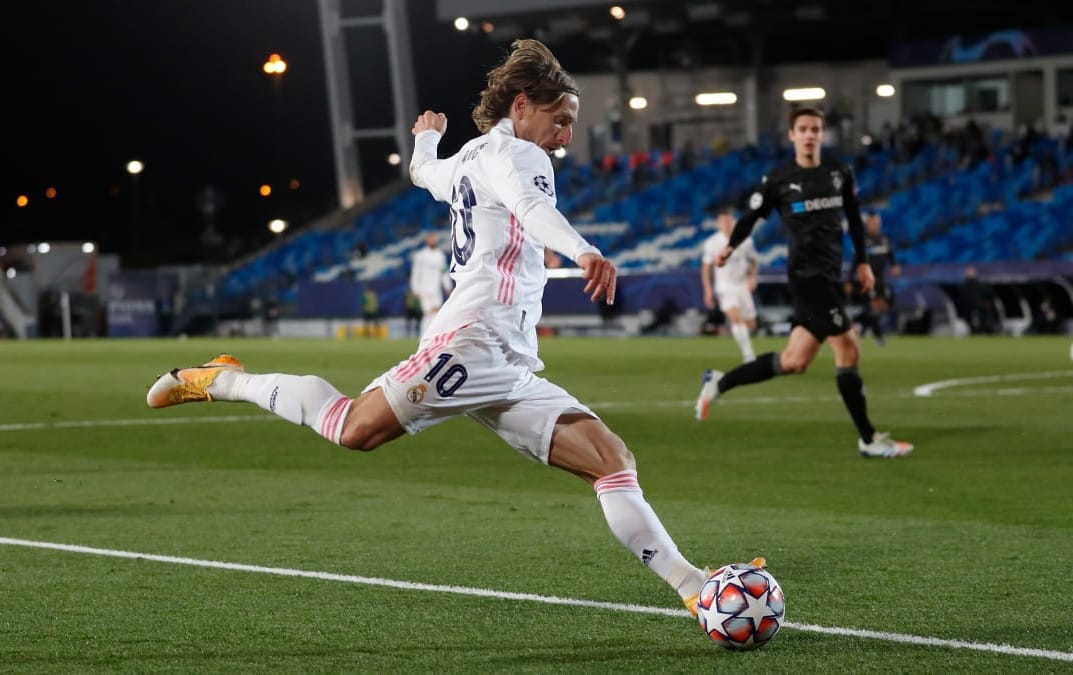
My friends say I have an awful form when I shoot a basketball. They are right: I make 1 shot out of every 20 attempts. Something about how I execute jump shots, which is my go-to move, renders all my attempts off the mark.
In this brief description, three layers exist :
- a quantifiable action - making a basket or not
- technique - a jump shot
- mechanics - why a certain jump shot works (or doesn't)
Now that we have this understanding in place, let's see how it applies in football, where similar principles of mechanics, technique, and actions determine success.
- Footballers perform quantifiable actions – like running, scoring, or winning a header or passing the ball; we have stats for sprint speed and distance covered, goals scored and expected goals, headers won, and passes completed respectively. Actions tell us what a player does and with what frequency.
- While completing these same actions, footballers tend to different techniques to execute. For a specific goal-scoring opportunity, one player might opt to drill the ball, another might finesse/curl it to the far post, another might toe-poke it, another side foot. Technique tells us how a player tries to completes an action.
- Within these techniques, different players, by their training (or lack of), physical makeup, or habits execute them differently. This difference in execution is mechanics: why a particular technique works or doesn't.
While technique can be adapted to fit different teams and styles, such as a defensive setup requiring more headed clearances or an attacking team demanding fast-trigger shooting, mechanics are grounded in an athlete's unique physical makeup and training. This makes mechanics a more stable and reliable factor when players transition between environments.
Techniques may vary depending on the tactical demands, but mechanics allow us to consistently assess what kind of techniques — like different finishes — a player can perform and how well they can execute them under varying conditions.
This essay will argue that mechanics is the single most important predictor of skill transfer between footballing environments – and suggests a roadmap to understanding it.
[Introduction sparked by Guillaume (@guillaumevdwege), a coach who publishes essays on Substack]
Related essays:
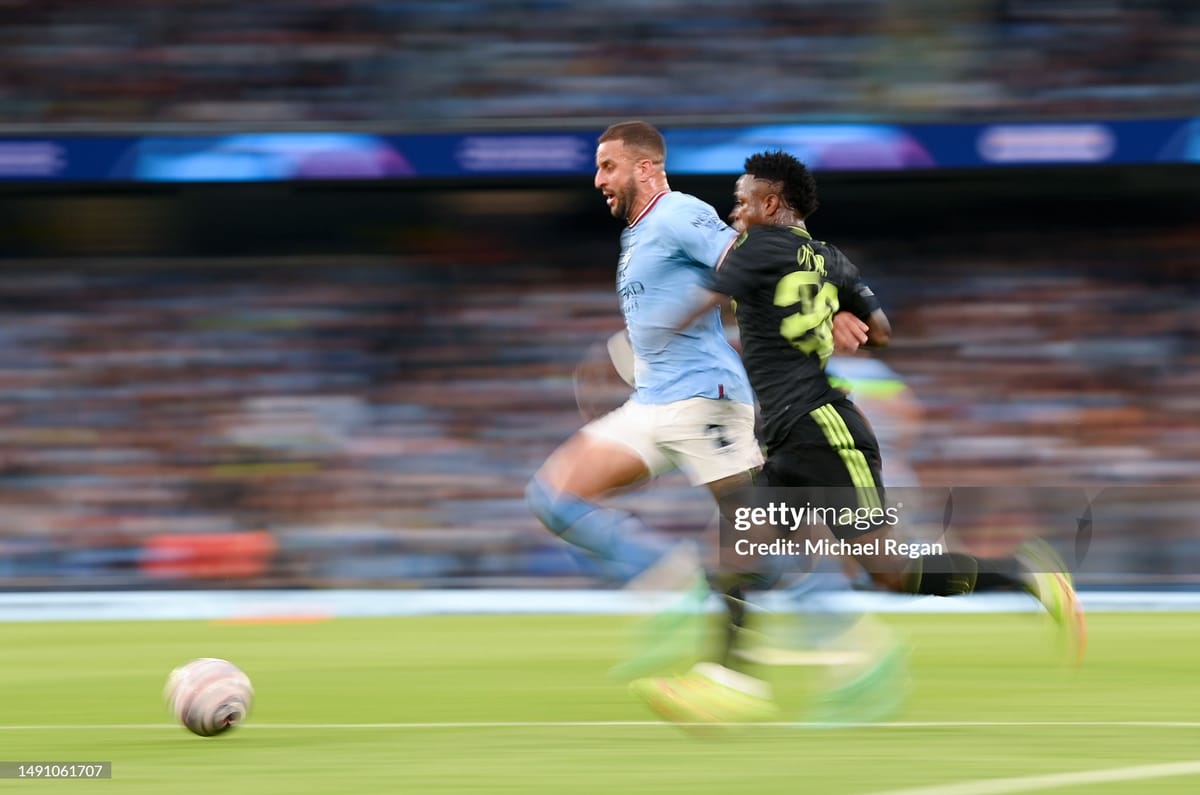
Suggests a framework to classify a player's running capacity
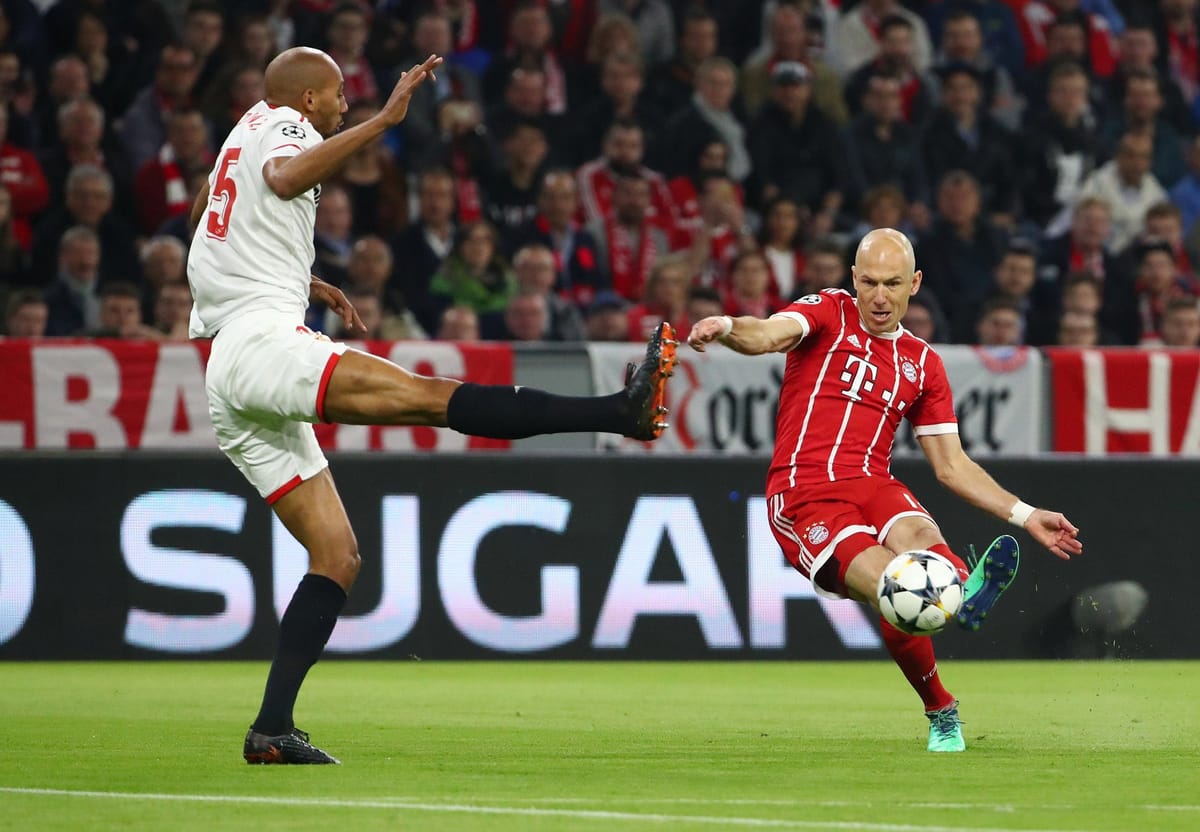
Discusses frameworks to assess a player's capacity to shoot the football
Why Mechanics, and not Technique?
First, a word of note that while this is a football blog, the issues we attack and solutions we derive are often universally applicable. Everything is connected under the sun.
To start us off, let's first listen to how either terms are used in other domains. This one in music:
Finally, within professional spaces in sports, you won’t hear experts proclaim that an athlete is ‘not technical enough’ — even less so in scouting/recruitment.
— Joel A. A. (@JoelAdejola) June 9, 2023
They critique & suggest improvements to specific mechanics — rarely a broad 1 or 0 categorization of technique. pic.twitter.com/y0RWFORXyl
Technique is all-encompassing: it includes both the physical execution and the mental processing required to perform a skill under pressure. Mechanics, on the other hand, are more narrowly focused—they're the visible, physical movements or the 'physics' behind how that skill is performed.
Mechanics require a deeper understanding of optimal motion, biophysics, coaching, and also an understanding of what a player's body can and cannot do. It is also what determines the efficiency with which a player can perform. Mechanics, in contrast to technique, are not about what a player is doing but rather how they are doing it, and to what degree of repeatability or success.
Technique is the selection and self-trust to followthrough – even under pressure.
Mechanics is the execution.
Mechanics tells us why certain techniques succeed or fail under pressure.
- Mechanics tells us why Haaland can strike the ball so hard.
- Mechanics tells us why Robben could bend those balls round the corner.
- Mechanics tells us why Pogba could stiff arm his way out of pressure.
- Mechanics tells us why Antony can never seem to get power on his shots.
- Mechanics tells us why Garnacho often gets tipped over while he's sprinting.
- Mechanics tells us why Rashford is rarely competitive in aerial contests.
Action tells us what. Technique tells us how. Mechanics tell us why.
Mechanics allows us forecast future performance. They prompt important questions, such as:
- A player is scoring now, but do their shooting mechanics suggest they can continue scoring in a different setting or under different conditions?
- A player isn’t scoring currently. Do their mechanics indicate that they could start scoring if placed in a new environment or system?
Even a toddler knows that powerful shots -> harder for the keeper to stop.
— Joel A. A. (@JoelAdejola) October 6, 2024
We also know the mechanics that create a powerful shot.
Antony has one of the worst shooting mechanics I have seen from a forward at this level:
— releases very wide from his pivot
— never gets full… pic.twitter.com/y9HR6ul5mG
Antony is one whose shooting mechanics haven't fared well after moving to a tougher league.
In any sport, we probe an athlete's physical range (athleticism and body proportions) because it determines what range of motions are feasible. A tall and strong player will contest. A flexible player will weave. When we intersect these with a player's perception-action facilities, we arrive at a smaller sample of consistently executable actions. I've found this to be the fundamental of scouting in any sport.

Roadmap To Understanding Mechanics
The Science
The study of football mechanics is deeply rooted in the principles of biophysics and sports science. These disciplines provide the foundational knowledge that explains how and why physical actions produce certain outcomes. For instance, biophysicists analyze the forces involved in shooting a football, helping us understand what makes some shots more effective than others.
Applying Mechanics for Role-Specific Success
"Coaches exist to support or direct an athlete through this self-discovery journey – hence why ex-pros typically, sometimes unfairly, get first dibs to coach elite players." – from There are No Superstars Left
The practical application of this scientific knowledge is, in turn, valuable for players and the coaches who support them through their journey.
- Player Role Optimization: Understanding the mechanics behind actions like shooting and receiving the ball helps tailor training to enhance a player's role-specific skills. This insight is crucial for coaches to optimize each player’s contributions to the team.
Coaches (should) take a stepwise approach to improving mechanics, starting by making the player AWARE of the inefficiency in their movements.
From there, they show ADJUSTMENTS that not only fix the issue but align with the player’s broader skill set.
To ensure these changes stick, they design drills that REINFORCE the new behaviors, all while offering consistent FEEDBACK to help the player internalize the new mechanics.
This stepwise improvement process is one reason why we saw teams like Brighton perform certain technical feats that appeared highly sophisticated — like players using their studs for close control.
Did it mean Brighton had the most technically gifted players in the league? Not necessarily.
It meant that Roberto De Zerbi inculcated specific mechanics into his team and had players with the right mental profiles to suit his game.
[Section extracted from June 9, 2023 Archive]
The Target: Developing Sound Athletes
Physical development coaches take this scientific and applied knowledge to the next level by focusing on training athletes to execute these actions more effectively:
- Specialized Training: The role of physical development coaches is to translate scientific insights into training regimens that build the necessary muscle functions and improve kinematic execution for specific sports actions. This involves tailored exercises that enhance players’ physical capabilities to perform desired actions.
Here's a quote by Des Ryan, Arsenal's former Head of Academy Sports Medicine and Athletic Development, from Training Ground Guru:
The approach to athletic development is important and should be crystal clear ... The thought there was the club wants these players to be ready as soon as possible, because there are lots of demands coming down the road, so the arrow is about getting them ready quickly and efficiently.
"If you want to run properly you have to have the right flexibility, mobility, range of motion to get in those powerful positions. We nail that first with corrective exercises. Next one is movement skills - they have to learn how to use that new range of motion, extra strength in the right way."
Analytical Value
For analysts, commentators, and fans, understanding the 'why' behind player actions offers the most immediate, yet simple, insights.
By understanding why certain actions — like a feint, a double shimmy, or a particular shooting technique — succeed or fail, analysts can offer more nuanced commentary that goes beyond surface-level observations.
The first example that comes to mind is Asmir's Begovic recent rant about the "you should not beaten at your near post" trope, which all commentators – including myself seem to love.
Have a listen:
"The near-post myth... it's lazy!" 😯
— Sky Sports Premier League (@SkySportsPL) October 3, 2024
Asmir Begovic joins the latest episode of the How Long Ref podcast and puts some goalkeeper chat to bed! 🍿🎙️ pic.twitter.com/XWDNJjY7S0
Again, Why does any of this matter?
Skepticism.
Mechanics allows football professionals to be skeptics on another dimension.
A scout looking at a striker may see impressive stats but still question whether their mechanics will hold up in a faster-paced league.
Mechanics offer insights that raw stats can't, helping predict how well a player will adapt to different environments.
One simple truth we know is that powerful shots are more likely to beat a goalie than weak shots. A player's shooting mechanics determine whether they can reliably generate those powerful shots, offering an advantage that translates across different game settings.
Shot power matters, right?
— StatsBomb (@StatsBomb) March 7, 2023
We include Shot Velocity as a feature in our Post-Shot xG models
We can now more accurately measure goalkeeper shot-stopping skill AND player finishing skill
Read more on the recent upgrades to our xG models here:https://t.co/2LtnlIRpJ7 pic.twitter.com/Te7RyF4uuu
Mechanics afford us simple truths.
From the Archives:
Technique vs Mechanics.
— Joel A. A. (@JoelAdejola) June 9, 2023
— Technique is all encompassing: the practical & mental aspect of executing a skill.
— Mechanics are visible: the ‘physics’ behind the skill.
Every professional footballer can ‘receive on the half-turn’ — not all have the composure execute during a game. pic.twitter.com/2he9QKXTZW
What Next?
If you enjoyed this, consider subscribing to BallerzBantz, following us on Twitter, and sharing this with someone.
Join us to stay ahead and contribute to the community.
Who is the Writer?
Joel A. Adejola is an undergraduate at the University of Kansas (KU), studying Engineering and Philosophy.




